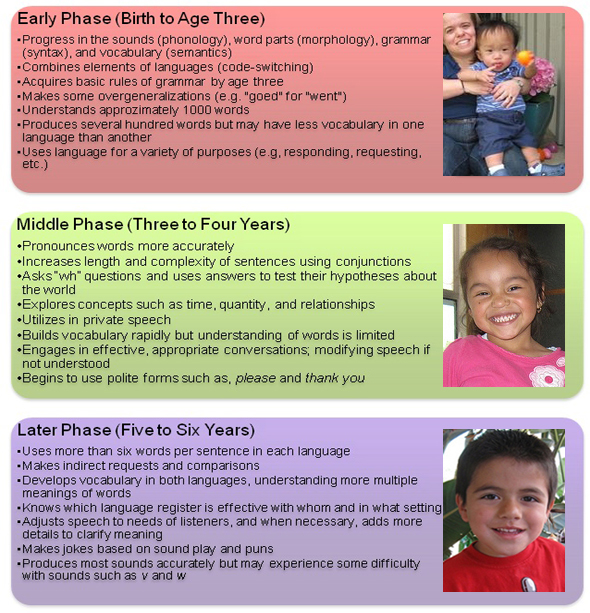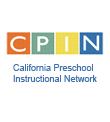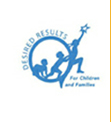Home| Understanding Dual Language Learners | Paths to Bilingualism | Simultaneous Bilingualism
Simultaneous Bilingualism
Simultaneous bilinguals are children who are exposed to more than one language prior to age three. They develop two or more languages equally, or nearly equally, through exposure and frequent opportunities to use each language.
Simultaneous bilingual development is marked by phases similar to that of first language development for monolinguals. The rate at which children reach language developmental milestones varies greatly.
Each of the following stages can be achieved by dual language learners if they have enough exposure and opportunities to use the languages. However, if children have insufficient opportunities to speak one of the languages it is likely to result in receptive bilingualism.

Learn More:
California Department of Education (2009). Preschool English learners: Principles and practices for promoting language, literacy and learning (p. 36). Sacramento, CA: Author.
Read more about:




